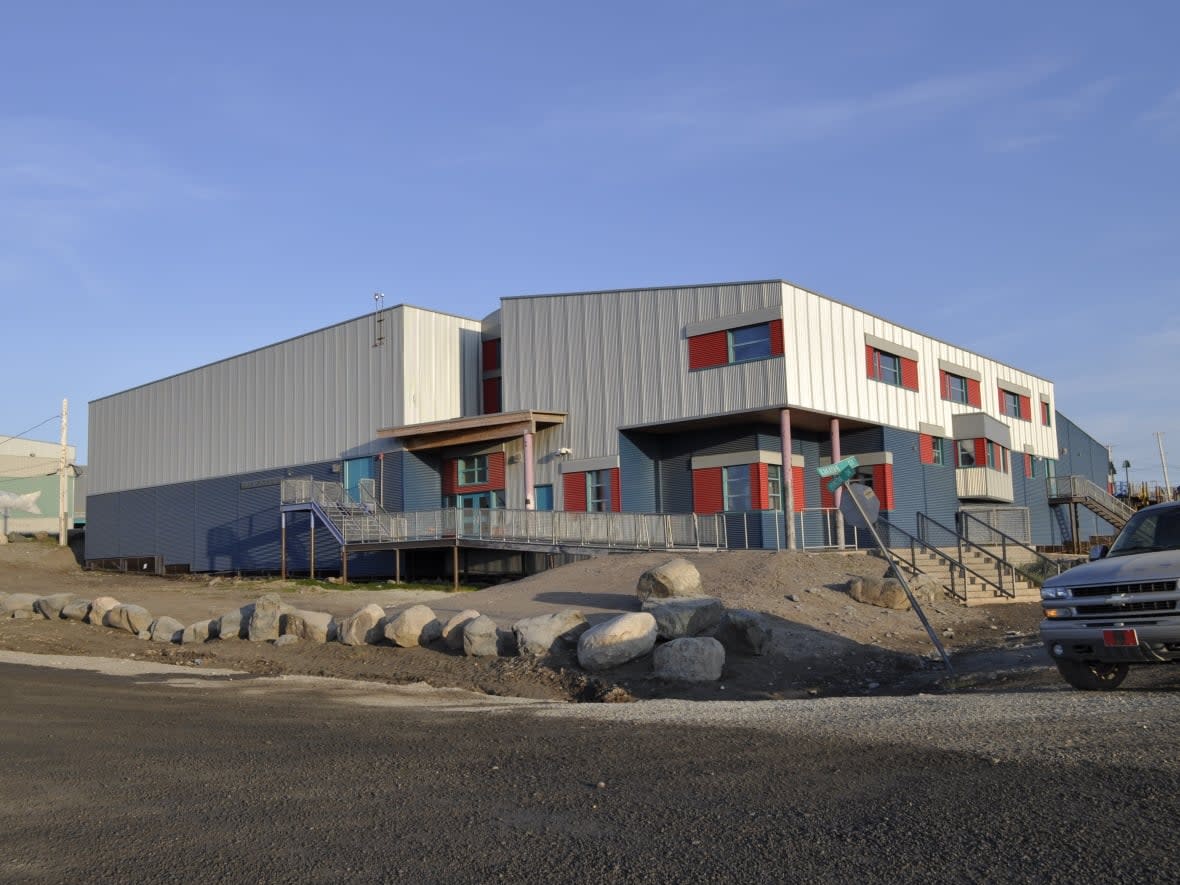Nunavut seeking solutions for 90 unfilled teaching positions, as some students return to classroom

As schools in 10 Nunavut communities get underway this week, a teacher shortage of about 90 positions territory-wide remains.
That shortage has prompted education officials to meet this week with district education authorities in communities still lacking teachers, said Ibrahim Suleiman, the deputy minister of education.
"We're trending down," said Suleiman about the number of vacant positions.
There were over 100 vacancies as of Aug. 5.
Suleiman chalked up the number of vacancies to the nationwide teacher shortage.
"We're doing our best in the department to do what we can," he said.
Sandi Chan, spokesperson for the education department, said the number of vacant educator positions is the highest its been in the last four years.
In August 2018, there were 51 unfilled positions, in August 2019 there were 46, in August 2020 there were 24, and in July 2021 there were 52 vacant positions.
Suleiman called the numbers of vacancies "dynamic," adding that sometimes after interviews, or competitions, people have changes of heart and the process starts over again.
The goal is to fill the open positions as quickly as possible, he said.
"We're going to make sure that the doors are open," Suleiman said.
To do that, the education department plans to call on three stop-gap measures, or, as Suleiman put it, "tools in our basket."
Substitute teachers and 'cohorting'
These include the use of substitute teachers.
The department will also issue letters of authority, which allow people without formal educational qualifications to teach.
"It gives us the flexibility ... to bring in teachers who don't actually have the education qualifications," Suleiman said.
These teachers would be assigned to the lower grades, he said.
Suleiman said teachers will also be asked to do "cohorting," which means instead of a full school closure, classes may alternate. For instance, some teachers could be teaching a Grade 2 class one day, and a Grade 3 class the next.
That's something that Justin Matchett, the president of the Nunavut Teachers Association, said puts huge amount of pressure on teachers, who could be asked to teach 40 students on a rotational basis.
Suleiman said the education department is "working diligently" to resolve the teacher shortage and is hoping to get more ideas around the table with district education authorities, "looking for the best solutions for every community."

 Yahoo Movies
Yahoo Movies 
